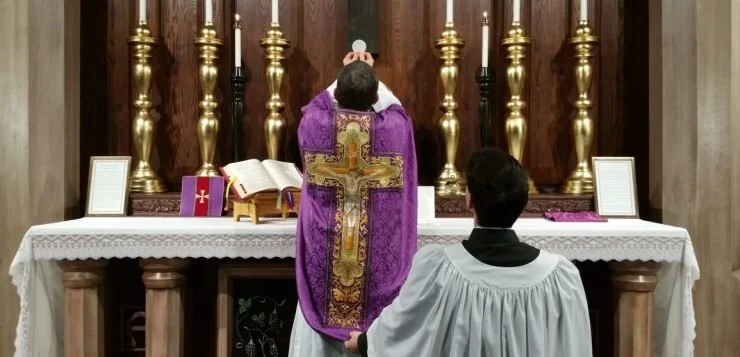I like hearing from readers. I really do.
However, every now and then I write a national “On Religion” column and I just know that I am going to hear from readers about a specific angle that — for reasons of space — I had to leave out. This happens less often here at GetReligion, since length is not an issue in online forums of this kind.
Anyway, this week’s “On Religion” column was about the tensions among Catholics about Pope Francis and his crackdown on use of the old Latin Mass. I focused on developments in the Archdiocese of Chicago, where it is clear that there’s more to these “worship wars” than use of the Tridentine rite.
That column is already online in some mainstream newspapers, with headlines such as this: “Latin Mass meets Chicago rules.” That column served as the launching pad for this week’s “Crossroads” podcast (CLICK HERE to tune that in), which also looked at an important analysis piece at Crux about five kids of Pope Francis stories — both doctrinal and political — that readers can expect to see in 2022.
When I clicked “send” on that column (including my private listserv to family and friends), I knew that some Catholics would ask why I didn’t address a, well, colorful Mass that recently took place at the progressive St. Sabina Parish in Chicago. Here is the top of the Catholic News Agency story about that:
Outraged by a freewheeling Christmas Eve Mass that featured jazz musicians, choreographed dances around the altar, and theatrical lighting effects, some Catholics are calling on Cardinal Blase Cupich to crack down on liturgical abuses in Novus Ordo Masses in the Archdiocese of Chicago, rather than imposing severe restrictions on reverential Traditional Latin Masses.
Father Michael L. Pfleger, a well-known social activist in Chicago, celebrated the Dec. 24 evening Mass. … Many of those upset by the Mass say it crossed the line from worship to entertainment. That view is fueled, in part, by the fact that it is not clear from the nearly 2½ hour video of the service, billed as "Christmas Eve at Sabina," when the liturgy actually begins. There is no apparent greeting, penitential act, or opening prayer, all required Introductory Rites of the Novus Ordo liturgy.
In the video, posted on YouTube, Pfleger does not appear on the altar until after nearly an hour of musical and dance performances.
Well, it is unusual for a Mass to include music by Stevie Wonder and the classic Vincent Guaraldi soundtrack from the Peanuts Christmas special.










